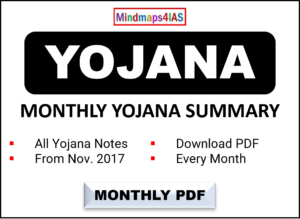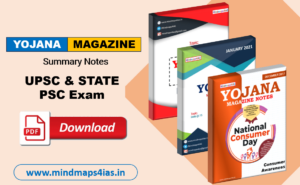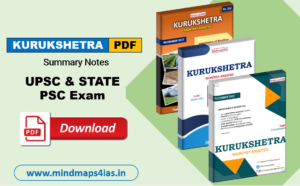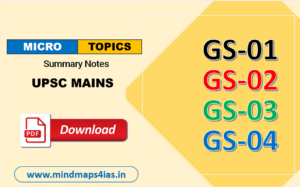- Source – The Hindu
- Link – https://www.thehindu.com/opinion/lead/the-message-from-the-andhra-pradesh-bifurcation/article68243934.ece
- Syllabus – GS Paper 02
- Topic – Issues and Challenges Pertaining to the Federal Structure
What is the issue?
It has been a decade since Andhra Pradesh was divided into two states. The article attempts to examine the political, economic, and historical implications of this division for the Telugu people and the Indian Republic.
It is surprising to learn this fact that there is very little nostalgia for the nearly five and a half decades of living together as one political entity among the people of both successor states.
What are the Challenges in Linguistic Reorganization?
- Unity Concerns: Questions about the enduring unity based on language, compared to Kannada and Marathi bonds.
- Future of Linguistic States: Speculation on the future of states organized by language, urging a reevaluation of organizing principles.
- Exploring New Criteria: Calls for considering economic, political, or historical factors alongside linguistic unity.
What are its Political and Economic Impact?
- Reduced Political Influence: Andhra Pradesh’s reduction in Lok Sabha seats from 42 to 25, impacting its political clout; Telangana now ranks fifth regionally with 17 seats.
- Strains in Federal Structure: Potential political and economic imbalances among states of varying sizes within the federal structure.
- Long-term Challenges: Issues arising from the division process and unmet promises revealing systemic federal challenges.
What lies ahead?
- Delimitation Dynamics: Concerns over future delimitation affecting regional disparities, potentially favoring northern states in legislative representation.
- Allocation of Resources: Political power distribution affecting economic resource allocation, underscoring the need for equitable representation.
- Prudent Reorganization: Emphasizing careful planning in state reorganization to mitigate long-term stability risks.
SOME BASICS YOU SHOULD KNOW
The issue of granting Special Category Status (SCS) to Andhra Pradesh has been a significant and contentious topic since the bifurcation of the state in 2014.
What is Special Category Status (SCS)?
- SCS is a classification granted to some States by the Centre to assist development, based on geographical and socio-economic disadvantages.
- The scheme was introduced in 1969 on the recommendation of the Fifth Finance Commission.
- Factors considered for granting SCS to a State:
- Hilly and difficult terrain
- Low population density and/or sizeable share of tribal population
- Strategic location along international borders
- Economic and infrastructural backwardness
- Non-viable nature of State finances
- The 14th Finance Commission has done away with the ‘special category status’ for states, except for the Northeastern and three hill states.
- States with Special Status: Arunachal Pradesh, Assam, Himachal Pradesh, Jammu and Kashmir, Manipur, Meghalaya, Mizoram, Nagaland, Sikkim, Tripura, and Uttarakhand.
















